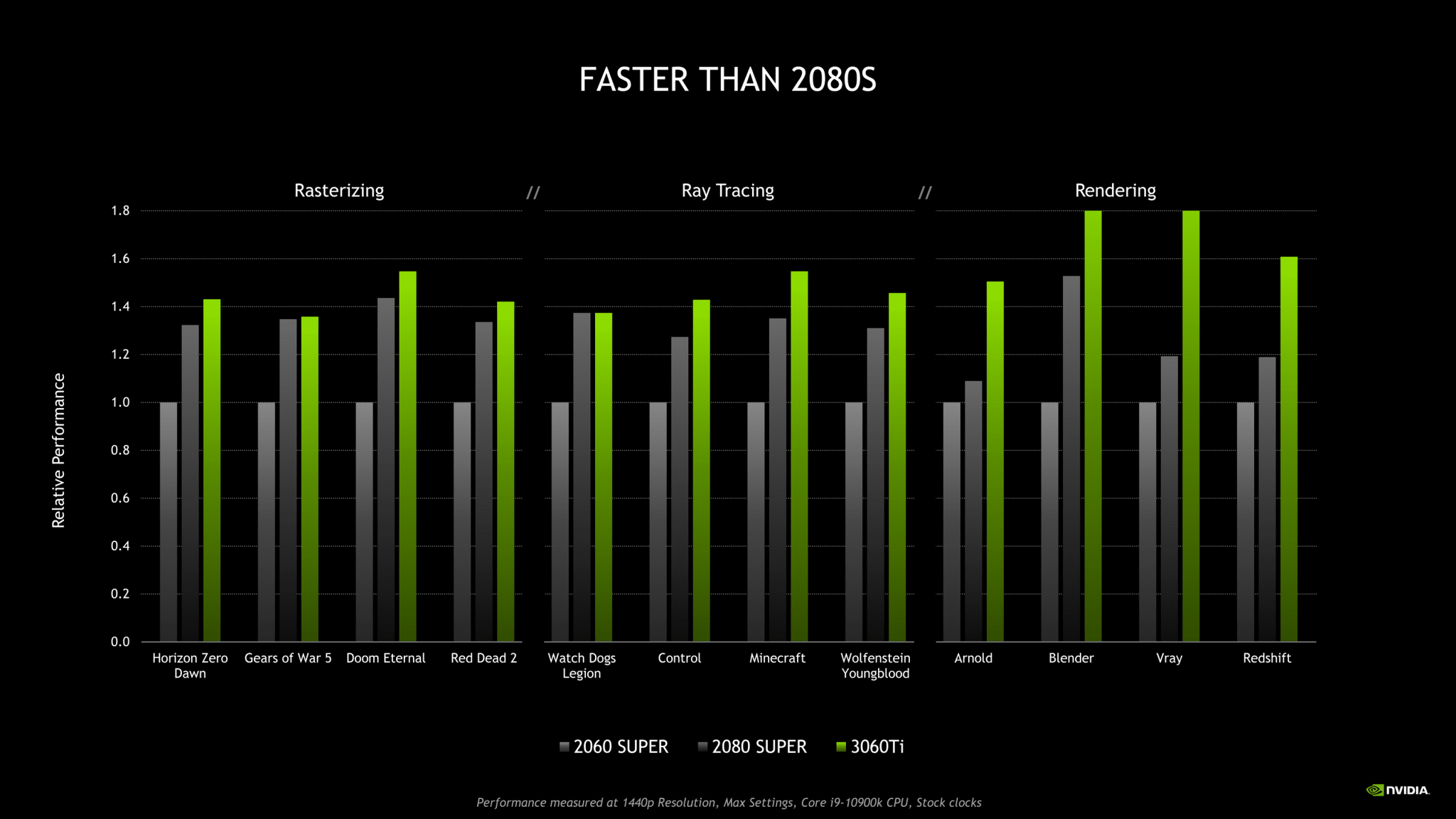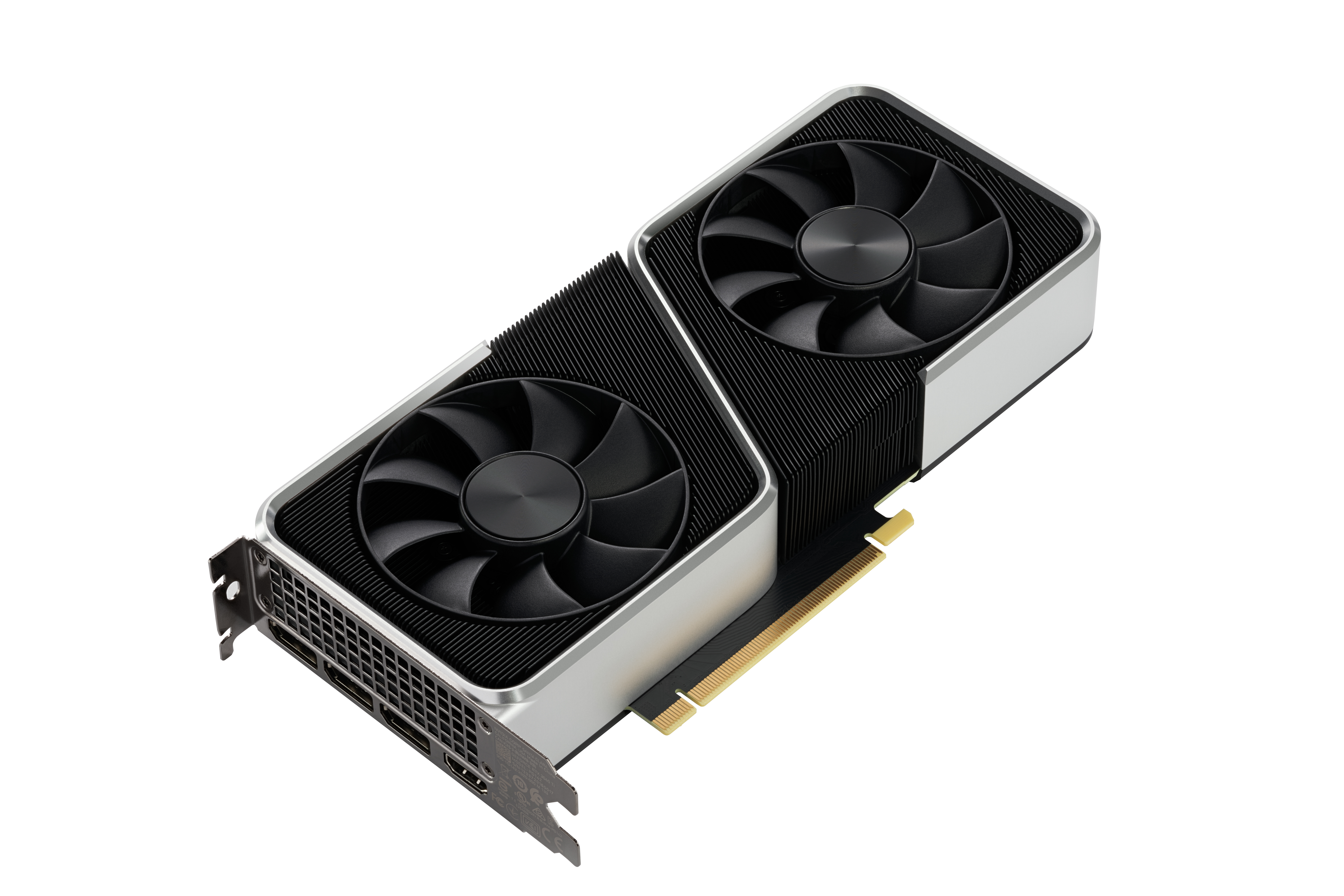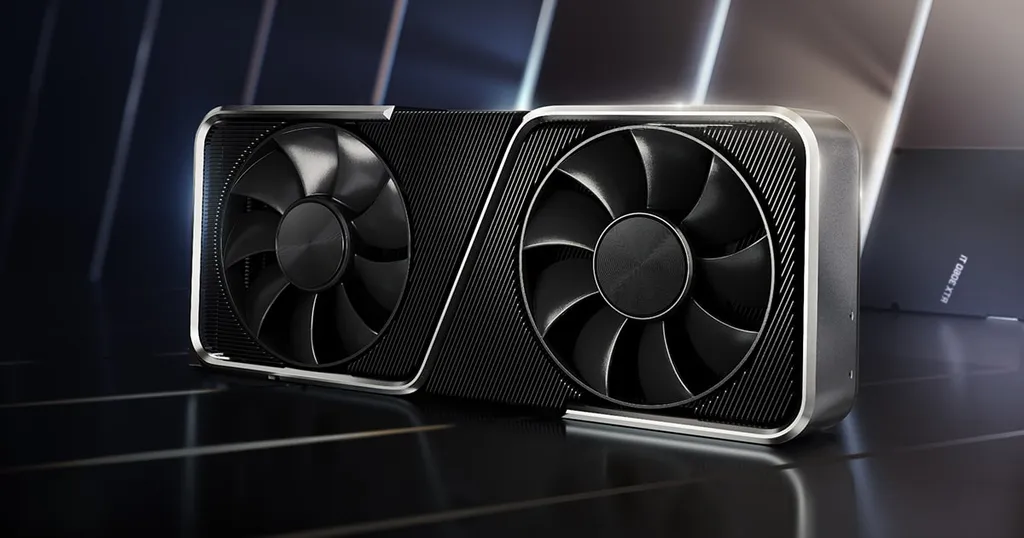NVIDIA just launched RTX 3060 Ti, its most affordable ‘Ampere’ architecture graphics card yet.
It’s a new product using its GA104 GPU, first used in the RTX 3070. There’s 20% fewer cores and 5% lower clock speeds but it’s $100 cheaper. GA104 is one of 2 of NVIDIA’s newest ‘Ampere’ architecture GPUs built with Samsung’s 8nm process node. The other (GA102) is used in the RTX 3080 and RTX 3090 models.
| Ampere Card | SMPs (Cores) | VRAM | TFLOPS | Price |
| RTX 3090 | 82 | 24 GB GDDR6X | 36 | $1499 |
| RTX 3080 | 68 | 10GB GDDR6X | 30 | $699 |
| RTX 3070 | 46 | 8GB GDDR6 | 20 | $499 |
| RTX 3060 Ti | 38 | 8GB GDDR6 | 16 | $399 |
NVIDIA says it’s more powerful than the previous generation RTX 2080 Super, which was priced with an MRSP $300 higher. Benchmarkers such as Digital Foundary confirm that’s true in almost all games tested.

AMD’s nearest competitor from its latest generation is RX 6800. That’s $180 more expensive, but more powerful in most games. 3060 Ti has the lead in ray tracing performance.
Ampere cards have the best video encoders available on the market, so they offer the highest quality and lowest latency for Oculus Quest headsets using Oculus Link or 3rd party wireless streaming apps like Virtual Desktop. Some of 2018’s NVIDIA ‘Turing’ cards had a USB-C port and USB controller helpful for Link, but that was dropped from Ampere.

The introduction of this $399 card means you can now get a $599 HP Reverb G2 and a GPU that can take advantage of it for under $1000. Or theoretically get, I should say. As with all the latest graphics cards stock availability will likely be sporadic and we haven’t tested the card with the headset ourselves.
NVIDIA describes this as the debut of the ‘RTX 3060 Family’, which potentially means it’ll launch a RTX 3060 card next year.
Does RTX 3060 Ti tempt you? Can you even get one if you want it? Or will you wait for AMD’s direct response? Let us know in the comments!






























